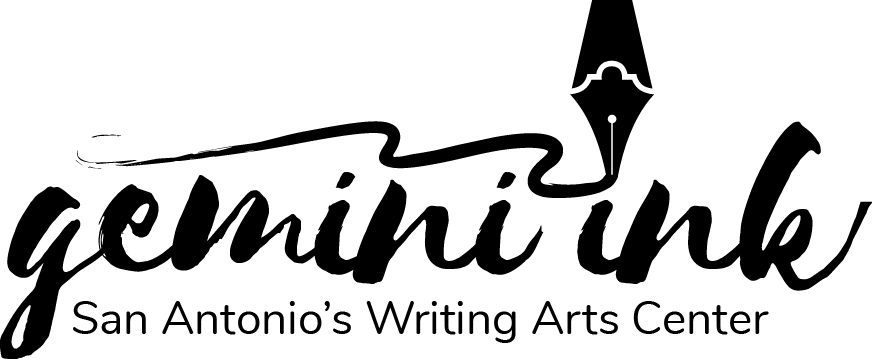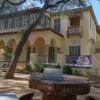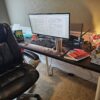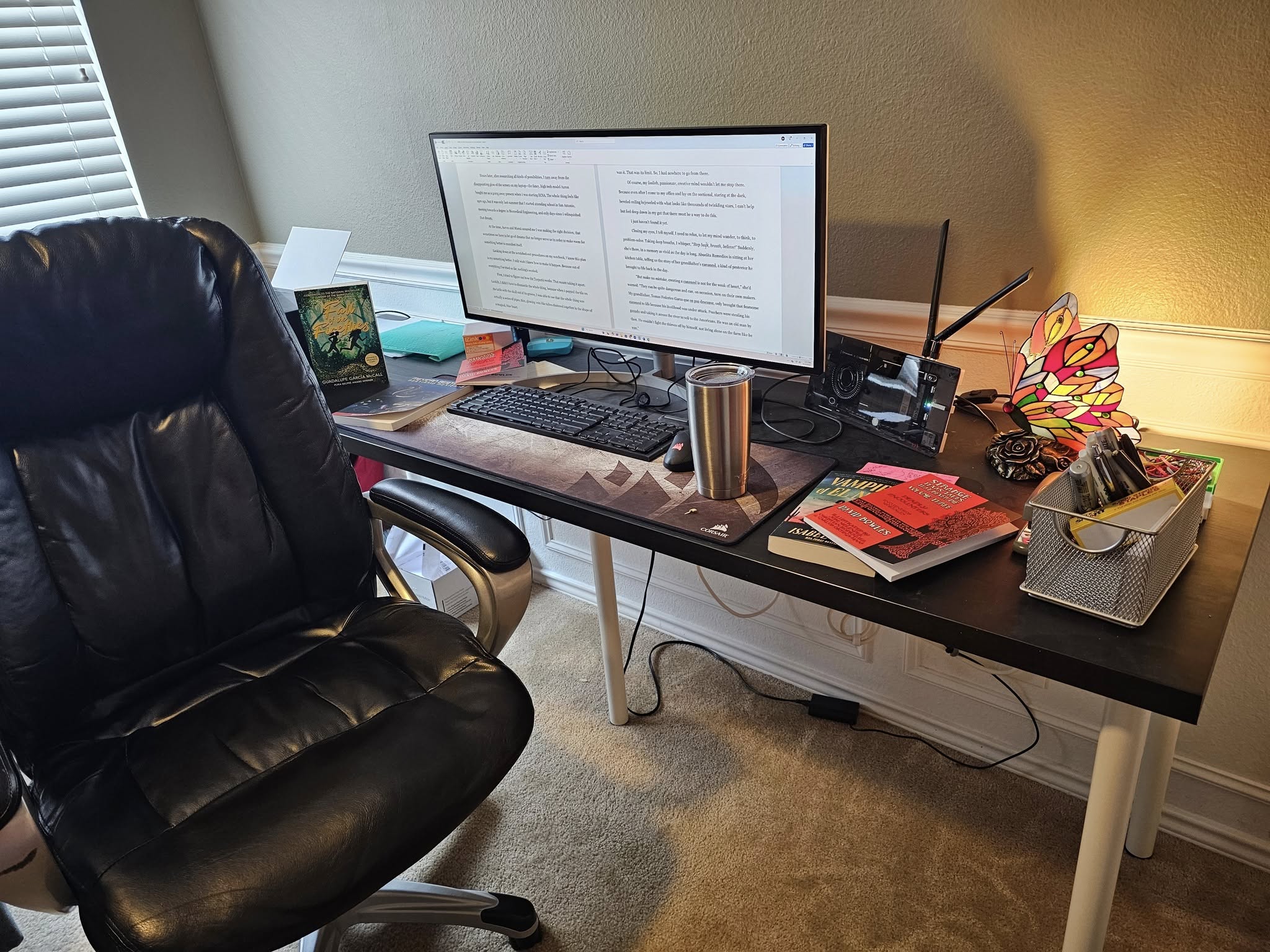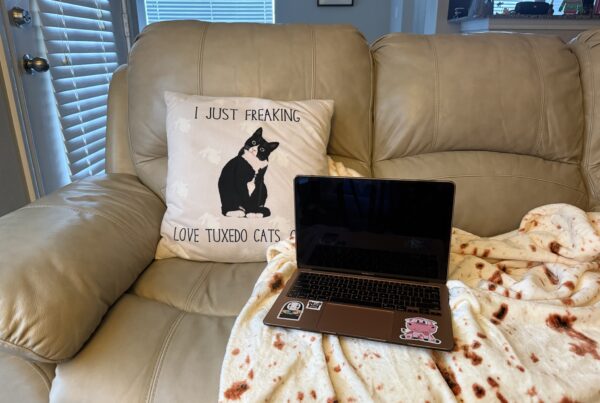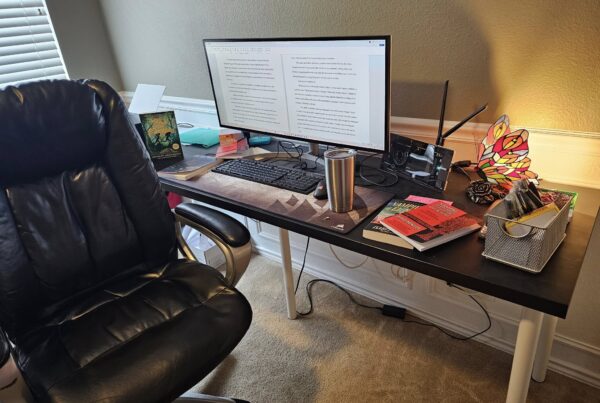The Writer’s Desk features the desks and writing practices of Gemini Ink faculty, visiting authors, teaching artists, volunteers, students, interns, staff, partners and more. Receive new posts in your inbox by subscribing to our newsletter at bit.ly/geminiinknewsletter.
We are ecstatic to honor Daniel Ramirez as our Partner Classes Teaching Artist of 2025! Here are a few words Catherine Burianek, our Partner Class Coordinator, shared about Daniel:
Daniel is our TA of the Year for the amazing work he has been doing, especially with youth, for his wonderful creativity, and his ability both to be a great co-teacher and to take the lead when the situation calls for it. He has an excellent ability to build rapport quickly with participants, whether they are reluctant 5th graders or busy public health workers, and through that rapport, he helps participants feel safe enough to take risks in their writing and play creatively with ideas and words. Daniel’s co-teachers have praised him both as a teacher and as a creative.
In the short time I’ve been with Gemini Ink, I have witnessed an unfurling of imagination in Daniel’s creative projects and in the visions for the workshops he teaches. Even though Daniel has lots of ideas for the workshops, I have always seen him listen and consider his co-teacher’s ideas and synthesize with his co-teacher an even better workshop. Additionally, Daniel has offered constructive feedback on processes that affect all teaching artists, like helping Florinda and me build better processes and tools for Partner Classes and writing letters of support for Gemini Ink that go to funders.
Join us in celebrating Daniel Ramirez at our Winter Open House on December 11th at 6:30 PM in the beautiful Coates Chapel, located on UTSA SouthWest Campus!
Hi Daniel! We are so excited to celebrate you as our 2025 teaching artist of the year. Has your preferred place to write changed over the years?
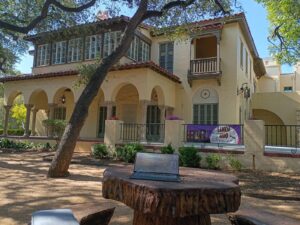
My desk where I am currently writing this from – the grounds of the Landa Library where ancient oaks give gifts of shelter and shade.
Definitely. I am a recovering perfectionist. Meaning, I used to wait until it felt like all conditions were right before I could sit down and focus. I had to be both internally and externally prepared. This is another way of saying I didn’t ever do any writing.
I used to believe I needed to seclude myself away in some high mountain cabin retreat in order to get out my best material. This was mostly in my fantasies, however, as I actually went on very few of them. (Though, the ones I went on were memorable.) It was either there or a library somewhere.
Now, however, I scribble whenever the muse hits. Or I don’t. Sometimes, I will write kneeling at my bed still dripping from the shower in order to capture the lines that came while bathing, for instance. I am no longer precious about it. I’ve learned to just get it the f$#% out. Or not.
At this point, any surface suffices, but the ones I happen to be near the most are the dining room table or kitchen counter.
Do you have any habits or routines that you follow before writing?
I don’t have anything I do explicitly. Like I said, I’m no longer precious about this whole thing. My goal is to honor the words when they come, and not attach too much import to them. If they are that important, they will come back, probably in some other form. The energy that the words attempt to capture is always there. That said, many of my best lines come when I’m either walking in the woods or immersing myself in water…which mostly just means the shower.
Is there anything that you’ve been listening to lately—an interesting podcast, a song list, or album?
I grew up very Catholic but somewhere along the way lost the faith. I mean full tilt – Catholic grade school, altar boy, choir. There was a long period in my early adulthood where I walked around harboring resentment for the repressive nature of the Catholic Church. However, as I’ve gone on a journey of self discovery, I’ve come back to it, albeit from a much different perspective.
Lately, I’ve found myself drawn somewhat inexplicably to Catholic saints and mystics. It’s not even really a conscious process, but my attention is drawn to YouTube videos and podcasts that talk about their out-of-time lives and the ways they connected to the divine. With the ease of algorithmic feedback, I don’t really need to seek them out.
It’s not one specific podcast, book, or video, but whatever form of media that scratches my internal itch. I’ve been connecting a lot with people like St. John of the Cross, Julian of Norwich, Teresa of Avila, the Cloud of Unknowing, and all the medieval Celtic monks of the British Isles who hid their animistic traditions within Christian symbolism.
It was a bit strange to be so drawn to such figures after more than a decade of estrangement, but I realized that there is a seed from my childhood that never went away. I realized that, through these people, I’m part a lineage that kept alive the flame of universal compassion for a wounded world. I’ve always been at home amongst messages of love, compassion, and forgiveness.
What are your favorite podcasts at the moment?
For the sacred: Conan O’Brien Needs a Friend. Real Ones (NBA). Off Menu. For the profane: The Emerald. The Christian Mysticism Podcast. Be Here Now. Living Myth. Oops, mixed ‘em up.
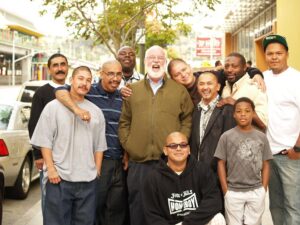
Who are your heroes in real life? What do you admire most about them?
I have always been drawn to people who devote their lives to service. As a very young adult, I strove to devote myself to justice like Martin Luther King, Jr. After spending time in the outdoors, I became obsessed with John Muir and his devotion to the conservation of wilderness. Currently, one of my heroes is Father Greg Boyle, who has an organization in Los Angeles – Homeboy Industries – that creates community and employment opportunities for ex-gang members. (Is it a shock to say I’ve been seeking examples of constructive masculinity all my life?)
I believe that the disaffected hold within them the keys to a new world. I too feel disaffected by this deeply inhumane system we live within, and I know that the veil keeping me from madness, incarceration, or homelessness is very thin. I suspect the disaffected hold within them new models of life. One that sees the gift inherent in all people. One in which we no longer need to prove our worth through productivity and gain. One in which we are simply unconditionally accepted into the family of things. I am inspired by those people who serve the disaffected because they water the seeds of a new world.
This has direct implications for both my artistry and how I teach. One of those keys to the new world is new stories. Somewhere in there are myths that shall be our guides for these uncertain times. They will offer inspiring alternatives to the ones that tell us we came here to accumulate, to conquer, to aggrandize. (The myth of the American Dream is on life support. Good riddance.) It’s so glaringly clear such stories no longer serve us, yet our fear of the unknown keeps us from detaching from them. I endeavor to excavate new stories both within myself and others. It is certainly a collective effort.
I yearn for a new way. Don’t you?
May the disaffected show us the way.
Who are your favorite writers?
From about ages 22 to 34, I devoured books. I spent most of my free time pursuing them, scouring them, figuring out the next one to digest. I had lots of favorite writers – Salman Rushdie, Sandra Cisneros, David Mitchell, Willa Cather, Michael Chabon, James McBride, Sherman Alexie. I was Bookish McBookerson.
That was a past life. Now it takes a lot for me to be able to sit still with a book. I read a handful a year and usually in audio format. Maybe you could say those authors were my guides through and to a more expansive vision of what it means to be a writer.
Presently, I’m much more interested in the oral transmission of things. Something inside me is yearning to connect with the enchantment of stories and verse recited aloud.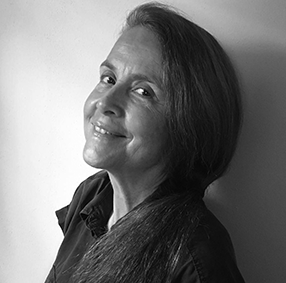 It’s what humans did for hundreds of thousands of years before writing was invented mere millenia ago. That is, I desire to tap into the ancestral current where voices have been hiding in wait. Until now. Books hide information, which was necessary in certain reigns of suppression and terror. Now is the time for our stories and poems – which are really just non-denominational prayers – to be free, to become the healing force our world is asking for.
It’s what humans did for hundreds of thousands of years before writing was invented mere millenia ago. That is, I desire to tap into the ancestral current where voices have been hiding in wait. Until now. Books hide information, which was necessary in certain reigns of suppression and terror. Now is the time for our stories and poems – which are really just non-denominational prayers – to be free, to become the healing force our world is asking for.
Some poets I love are Rumi, Hafez, Kabir, Mary Oliver, Naomi Shihab Nye, Jimmy Santiago Baca, Gary Snyder, Ross Gay, Rilke, and Joy Harjo. Any poet who accepts nothing other than the cracking open of our hearts to the beauty and brutality of the world is my favorite.
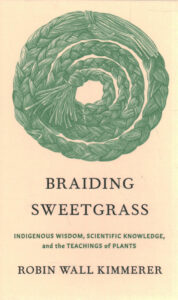 What’s a book or movie that you can watch over and over again and not get tired of?
What’s a book or movie that you can watch over and over again and not get tired of?
All that said, Braiding Sweetgrass is a beautiful model for reconfiguring ourselves towards our innate worth, gifts, and interdependence. I spent as much time weeping over it as I did reading it. Robin Wall Kimmerer is clearly channeling the guidance of ancestors.
Which words or phrases do you most overuse?
For some reason, I’ve been saying “baby in the bathwater” a lot lately, much to the chagrin of my boyfriend. (Though I know he secretly loves it.) I think it’s helping me connect to a sense of forgiveness of all the things I’ve been embittered about in the past. Like I was mentioning with Catholicism, there was a lovingly compassionate baby in the bathwater of dogmatic theology. In all bathwaters, I’m striving to find the baby. To figure out what the baby actually seeks in order to connect to its authentic longings. It is the baby that I’m here to serve, bathwater be damned. (Though bathwater can and should be used to water plants.)
If people want to learn more about your work, where should they go?
- Hardberger Park
- the grounds of the Landa Library
- my kitchen
- my boyfriend’s couch
- the patina-stone acequias of San Antonio’s yesteryear
- any ancient live oak whose branches droop to the ground
- the crumble-mortared ruins of San Ygnacio, Texas
- a roseate spoonbill mucking around in Gulf estuaries
- bright crimson tunas speckling a stand of prickly pear
- a Hill Country spring momentarily revivified by a hard rain
- a bakery with flaky croissants or yeasty empanadas
- a speckled fawn trailing its mother
- your own heart, cracked open

Daniel Ramirez has been an educator of many stripes for over 15 years. Desiring to expose youth to the same transformative power of wilderness he experienced as an Americorps member, he led youth into the wilds of Montana, Washington state, and the Texas Hill Country. From there, he moved into nature and environmental education in and around the Austin area, always hoping to transfer his reverence for our Waters to his pupils. This emphasis on community-based learning led him to Montessori education, where he worked in charter schools in the Austin area for 5 years. This included helping to start a middle school based in Montessori adolescent pedagogy, for which he holds an AMI Montessori Adolescent training certification.
Now, he strives to serve his hometown as a Teaching Artist. In his time as a classroom teacher, he witnessed firsthand how incorporating creativity into lessons skyrockets a student’s engagement and retention. Being a Teaching Artist has encouraged him to try on many art forms, and he strives to not limit himself to the types of artistry he teaches. Storytelling, puppetry, poetry, calligraphy, papercutting, and music are some of the things he enjoys to do as both a personal practice and as a fascination to transfer to students. He believes that the quest to develop one’s inner creativity is the same as the quest to encounter one’s deeper, truer self.
He has a Masters in History from Georgetown University and Bachelors degree from Washington University in St. Louis, but his greatest teachers will always be the gnarled live oaks, salamandered streams, and roving ancestral spirits that surround us. This sounds like a metaphor, but it is not.
